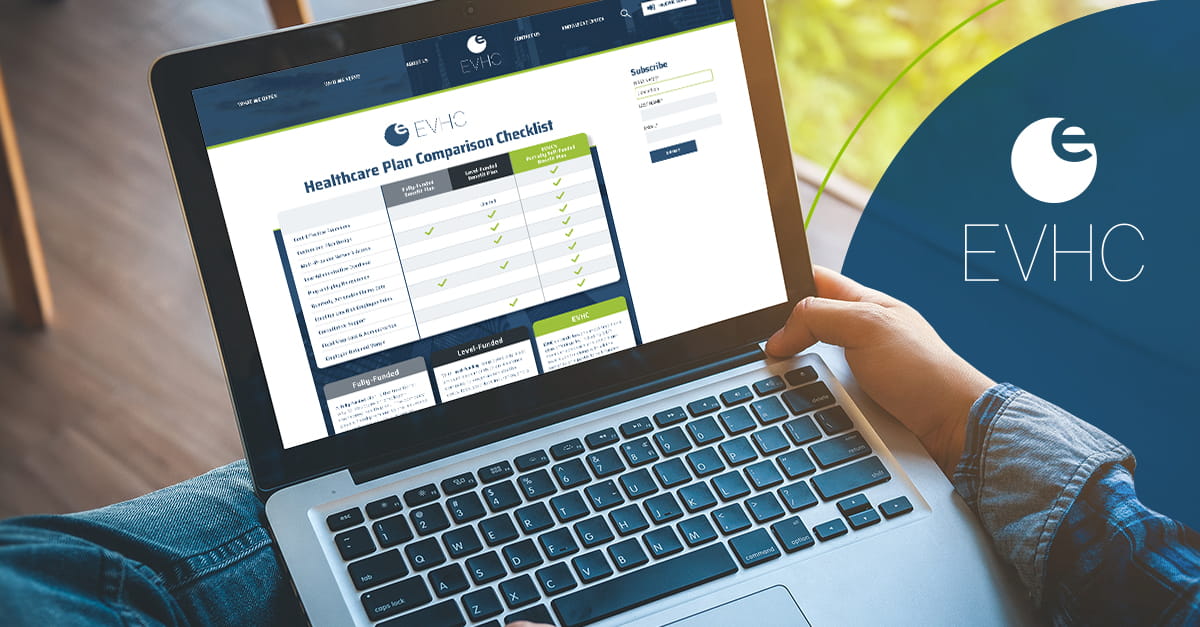
Why is hiring and keeping the right people so hard? Every leader knows that attracting top talents that fit the culture of the organization is not an easy task. Yet, recruiting employees and maintaining and/or increasing productivity are crucial parts of leadership.
Keeping your employees happy and inspired in the workplace takes commitment, creativity, and effort. What are some key strategies to keep employees engaged and motivated at the workplace?
The first step in connecting talent to value is identifying the most important roles in the organization. These critical roles in an organization are those job positions that directly generate revenue, reduce operating costs, and optimize capital efficiency. The next step is to match talent to the critical role. It’s important that the talent is well aligned with the organizational values and demands of the new job. As a final and ongoing step, it’s imperative that a leader continues to create strategies to maintain top talents and keep employees engaged in the workplace.
According to research by Deci and Ryan, as human beings, we have a psychological need to grow our competence. Additionally, the evidence in this study indicates that the pursuit of goals makes a difference in our quality of life.
Engagement is a choice made by employees, which employers cannot control. Leaders can, however, provide employees with the right ingredients to keep them inspired and happy in the workplace. It’s important that leaders support educational attainment and design meaningful opportunities for employees to grow within the organization.
When you invest in your employees with knowledge and skills, you keep them up to date. Turnover rates drop, productivity increases, and your employees feel valued.
Unhealthy and sick employees cause a negative impact on the bottom line of numerous organizations throughout the country. The costs of absent and ill workers are real for businesses. How much? Poor health amounts to $576 billion in costs to the U.S. Economy as reported by the Integrated Benefits Institute in 2012.
As a leader, what can you do to invest in the health of your employees? You can ensure your employees take part in a health promotion or wellness program offered at the organization. Participation in health promotion programs has been shown to increase the productivity of employees. In a study by Mitchell, health promotion program participants reported higher levels of productivity in comparison to nonparticipants, resulting in an average annual savings of $353.00 per employee.
One of the biggest challenges being faced by organizations all over the world is high turnover rates. High turnover in the healthcare setting poses a special threat to the mission of creating a healing environment for patients. Therefore, it’s pressing that organizations develop strategies to leverage employee engagement and mitigate turnover.
Rewarding your employees is a great method for engagement, and it does not need to be limited to financial rewards. A recent study investigated the influence of non-cash rewards in the attractiveness of a job offering and it showed that employees were more attracted to job packages that offered non-cash rewards compared to job offers that did not include non-cash rewards. Apart from cash, employers can provide employees with non-cash benefits such as flexible hours, work-from-home hours, gym memberships and other perks such as free lunch and doggie daycare.
It is no surprise that healthcare professionals love to work at Texas Health Resources, where Community Time Off and a Rewards program are part of employees’ benefits. As a leader in implementing these engagement strategies, Texas Health Resources ranked 15th place in the Fortune list of 100 Best Companies to work for in 2018. According to Fortune Magazine, at Texas Health Resources, worker wellness and development are a priority and 95% of employees said they are proud to work there.

